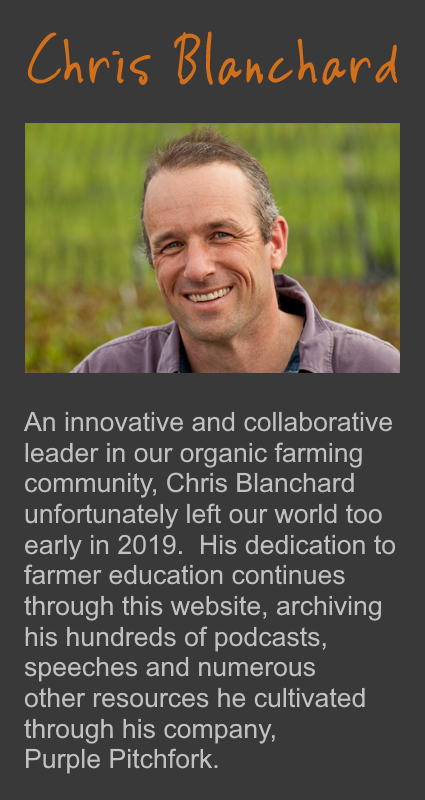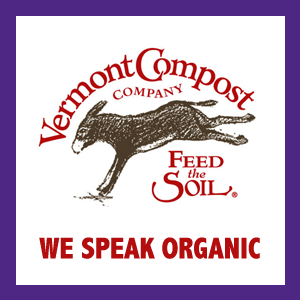Effective workstations can have a tremendously positive influence on productivity by minimizing extraneous movement and avoiding discomfort or injury.
The top of the work table should be at elbow height – considerably higher than a standard folding table or kitchen counter. I feel that workers move faster when standing, so we’ve set up all of our workstations for that. Anti-fatigue mats reduce wear-and-tear on knees and backs. We have workstations at two different heights, to accommodate both larger and smaller members of the crew.
Everything the worker needs should be within easy reach. Keeping tools and supplies within a 24-inch radius to the side and front speeds things up enough to make a little nagging worthwhile. We provide a coffee cup at each workstation to store the tools needed for the job at hand. Completed flats are moved to a trolley or cart that requires only a turn and a step to get to; workers without easy access to the trolley slide flats across the table for handling by somebody who can pivot to it.
For filling flats, we’ve constructed a table with walls on three sides. We buy our potting mix in two-yard slings, so we shovel mix from the sling up onto the table, which has the additional benefit of breaking up compacted chunks. Workers mound the mix over the flat with their hands, then shake the flat hard once before using a flat board to sweep the soil from the middle of the flat to the ends.
The top of the work table should be at elbow height – considerably higher than a standard folding table or kitchen counter. I feel that workers move faster when standing, so we’ve set up all of our workstations for that. Anti-fatigue mats reduce wear-and-tear on knees and backs. We have workstations at two different heights, to accommodate both larger and smaller members of the crew.
Everything the worker needs should be within easy reach. Keeping tools and supplies within a 24-inch radius to the side and front speeds things up enough to make a little nagging worthwhile. We provide a coffee cup at each workstation to store the tools needed for the job at hand. Completed flats are moved to a trolley or cart that requires only a turn and a step to get to; workers without easy access to the trolley slide flats across the table for handling by somebody who can pivot to it.
For filling flats, we’ve constructed a table with walls on three sides. We buy our potting mix in two-yard slings, so we shovel mix from the sling up onto the table, which has the additional benefit of breaking up compacted chunks. Workers mound the mix over the flat with their hands, then shake the flat hard once before using a flat board to sweep the soil from the middle of the flat to the ends.




 RSS Feed
RSS Feed
